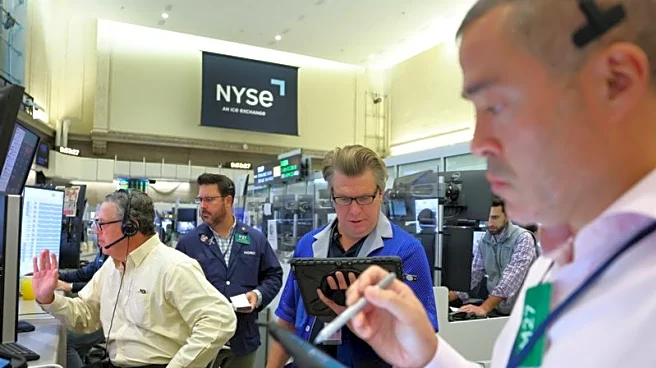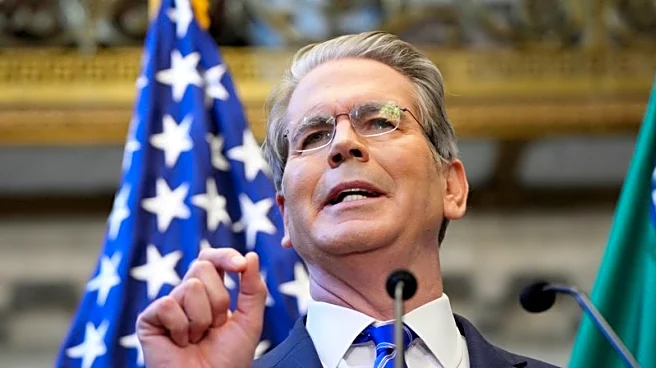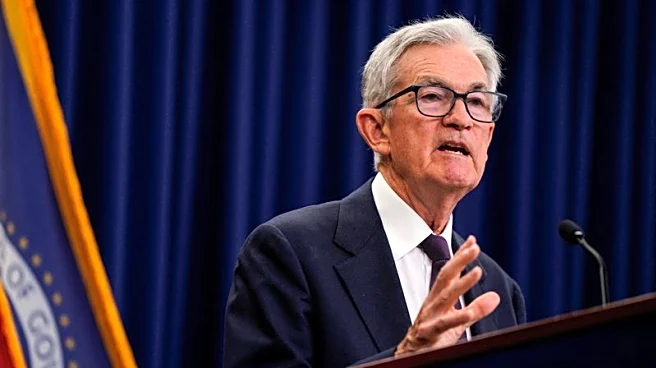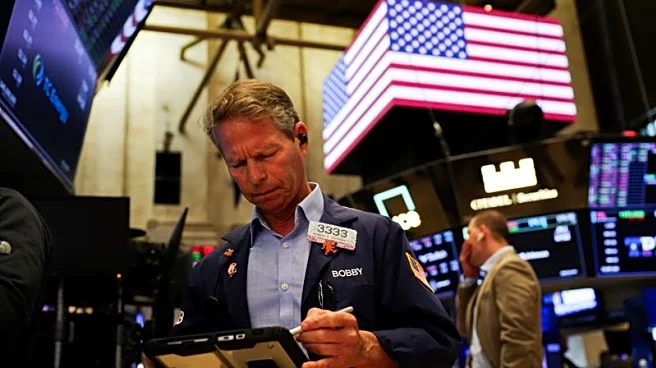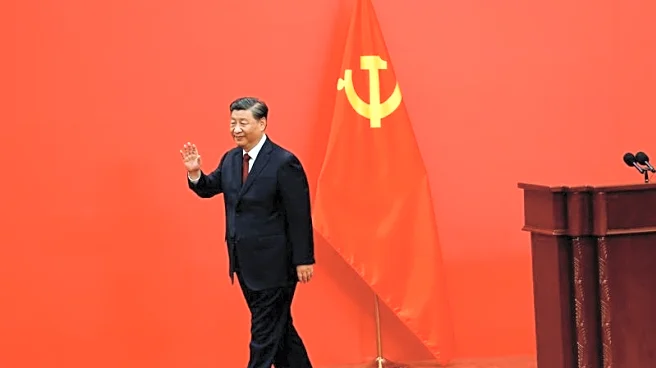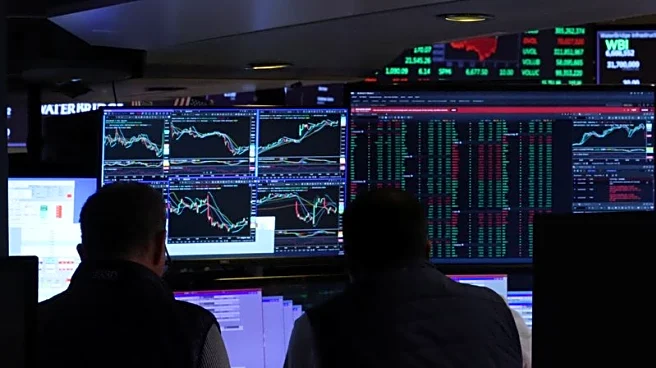What's Happening?
The Trump administration is set to implement an industrial policy aimed at establishing price floors across various industries. This move comes in response to China's strategic pricing in the rare earth
sector, which U.S. Treasury Secretary Scott Bessent describes as a 'nonmarket economy.' The price floors are intended to prevent suppliers from charging below a certain limit, effectively serving as a form of government price control. Concurrently, major U.S. banks, including Bank of America and Morgan Stanley, have reported exceptional second-quarter earnings, surpassing analyst expectations. These results are attributed to strong dealmaking and stock market performance, despite ongoing trade tensions with China.
Why It's Important?
The introduction of price floors by the Trump administration represents a significant shift in U.S. economic policy, potentially affecting various industries by stabilizing prices and protecting domestic suppliers from aggressive foreign pricing strategies. This move could bolster U.S. manufacturing and industry competitiveness against China's dominance in sectors like rare earths. Additionally, the robust earnings from major banks suggest resilience in the U.S. economy, providing a counterbalance to trade war fears. The positive performance of the stock market, despite tariff-induced cost increases, indicates investor confidence and economic stability, which could influence future trade negotiations and economic policies.
What's Next?
The effectiveness of the industrial policy and its impact on U.S. industries will be closely monitored. Stakeholders, including businesses and policymakers, will assess whether the price floors achieve their intended goals without leading to unintended market distortions. The upcoming earnings reports from major technology companies like Tesla and Intel will be pivotal in determining market trends and investor sentiment. These developments could influence the trajectory of U.S.-China trade relations and the broader economic landscape.
Beyond the Headlines
The implementation of price floors raises questions about government intervention in free markets and its long-term implications for economic policy. This approach may set a precedent for future government actions in response to international economic challenges. The resilience of U.S. banks amidst trade tensions highlights the adaptability of financial institutions and their role in sustaining economic growth. The interplay between government policy and market dynamics will be crucial in shaping the future of U.S. economic strategy.


